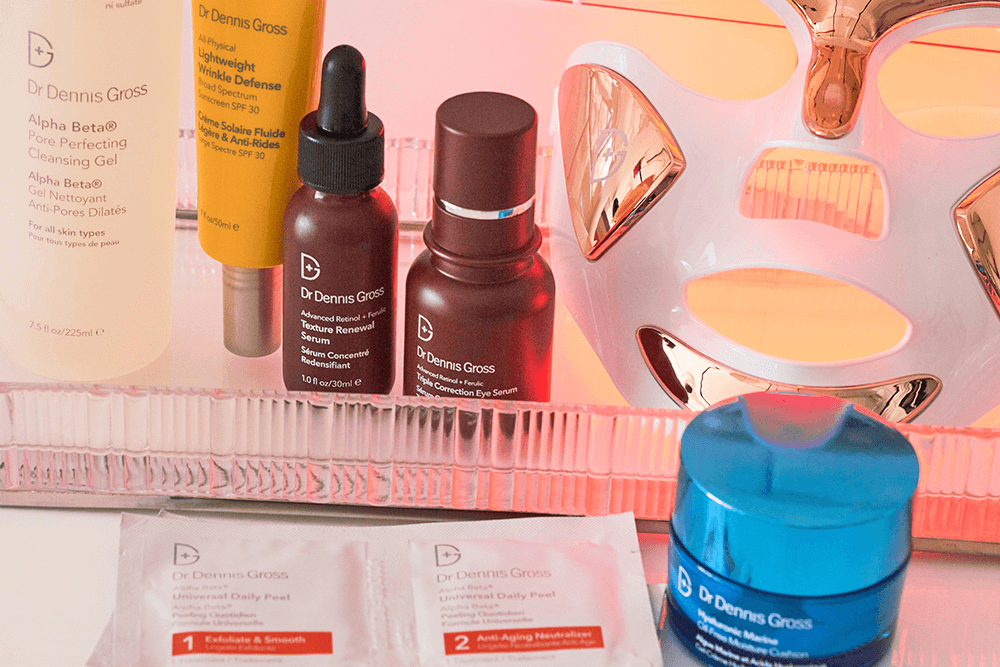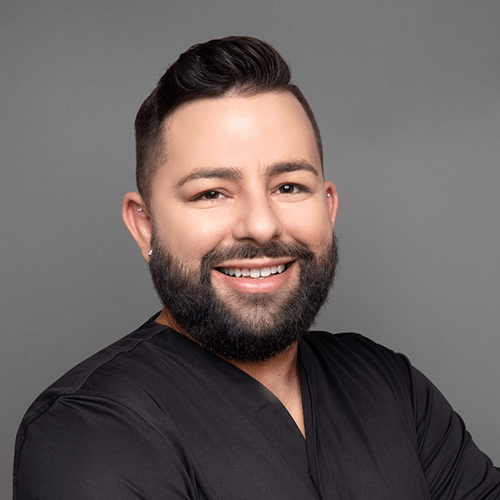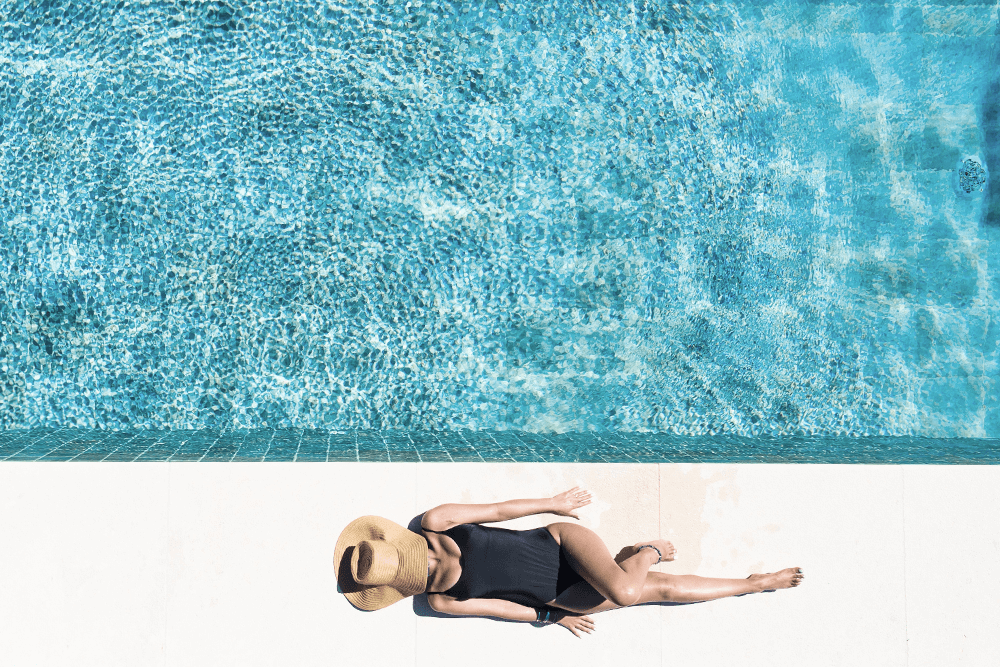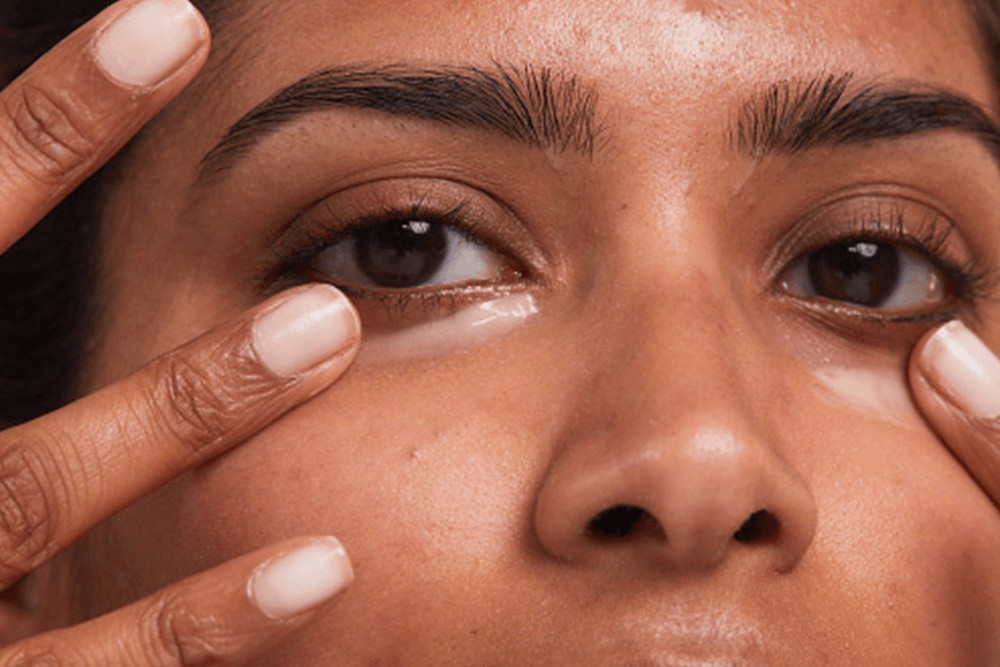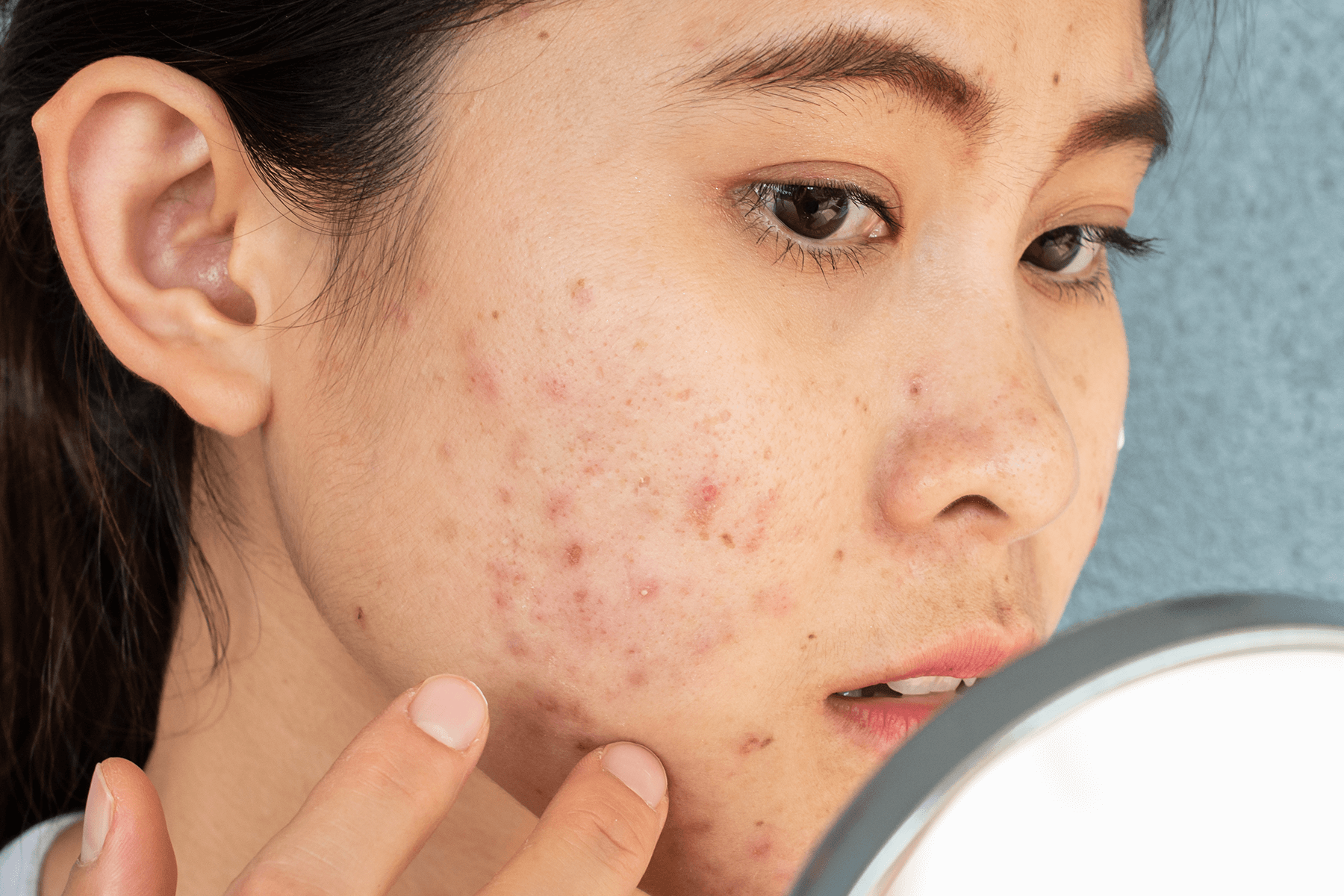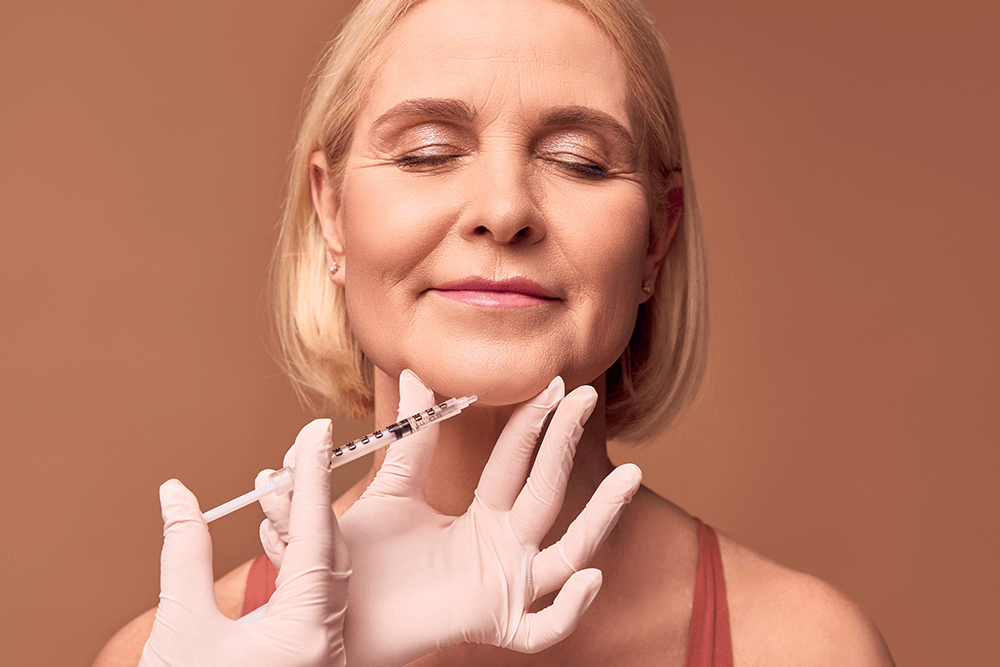The+Source
If you’re on #skintok or are just a skincare aficionado, then there’s a good chance you’ve already heard about skin cycling, the latest viral beauty trend that’s taking TikTok by storm. If not, we’re about to save you some scrolling time as we break down the process, who it works for, its drawbacks, and let you know if we think it's worth the hype. Hint hint - our answer may surprise you! Keep reading for the tea on skin cycling below.
What is Skin Cycling?
Skin Cycling is a four-night skin care regimen that calls for alternating nights between active ingredient and recovery evenings to give your skin a “break” and reduce the risk of irritation. The cycle kicks off with exfoliation on night one, retinol on night two, and then hydration and moisture barrier repair on nights three and four, before the process starts all over again.
Although this trend may be all over your FYP right now, the concept is far from new. For decades, dermatologists and estheticians have been advising their patients to slowly introduce new skincare actives and take breaks if they experience any irritation.
What does a four-day skin cycling routine look like?
Here is the step-by-step breakdown of each day of your skin cycling routine.
Night One: Exfoliate
The first night of cycling is dedicated to eliminating dead skin cells and cleaning out the pores through exfoliation. Start by washing the face with a non-stripping cleanser, pat dry, and apply a chemical exfoliant. Chemical exfoliants, like a peel, are preferred over harsh physical scrubs because they gently dissolve dead skin cells and deliver an immediate glow. “Our Alpha Beta Daily Peels provide the perfect dose of light exfoliation because they’re formulated with a cocktail of alpha and beta hydroxy acids (AHA/BHAs) at low concentrations. The peel also comes with a neutralizing step, which shuts off the acids to prevent any form of irritation, redness, or discomfort," says Dr. Gross. If you’re new to the Alpha Beta Daily Peel fan club, we recommend picking the strength that’s best suited for your skin type: Ultra Gentle (best for dry and/or sensitive skin), Universal (works across all skin types), and Extra Strength (best for oily and/or acne-prone skin). After exfoliating, follow with a gentle, fragrance-free moisturizer to help replenish the skin barrier.
Night Two: Retinol
Night two of the cycling method calls for bringing out the big guns! Once the skin has been cleansed and thoroughly dried, apply a pea-sized amount of retinol to cover the entire face. For any retinol rookies, retinol is a powerhouse active that stimulates cell turnover to reduce signs of aging, dark spots, and acne. Although retinol has earned its title as a skincare superhero, it's also known to cause irritation and sensitivity. So, when choosing a retinol for night two (or in general), we recommend looking for one that's formulated with soothing ingredients to counteract the side effects of retinol. Two good choices are the Advanced Retinol + Ferulic Texture Renewal Serum or the Advanced Retinol + Ferulic Overnight Wrinkle Treatment, as they both feature a blend of retinol, bakuchiol, rambutan, and ferulic acid. When these ingredients are combined, they help strengthen the skin barrier and combat the redness and irritation.
Nights Three & Four: Recover
Rest and reset are the name of the game here. For nights three and four, the skin cycling method recommends taking a breather from the actives that were used on night one and two and allow the skin to “recover”. These nights are dedicated to hydration and barrier repair, so all you need to do is cleanse with a gentle, non-stripping cleanser and apply a hydrating serum and or moisturizer – and that’s it! Look for fragrance-free products that contain skin-repairing add-ins like hyaluronic acid, ceramides, and aloe. These ingredients will help replenish the skin and repair the moisture barrier. Our favorite duo for a boost of hydration is layering the Hyaluronic Marine Hydration Booster under the Hyaluronic Marine Oil-Free Moisture Cushion, as it leaves the skin feeling soft and supple. After night four, circle back to night one's routine and start the process all over again.
Who should use Skin Cycling?
This is a good technique for people who are just getting their feet (or shall we say face) wet with trying skincare and are looking to follow a schedule that’s easy to maintain. In addition to skincare newbies, this method also works for people who are testing a new product or ingredient and want to see how their skin reacts before it earns a spot on their regimen roster.
What are the downsides of Skin Cycling?
Skin cycling’s technique of using active ingredients every few days is problematic for two big reasons. The first is the frequency of use. When it comes to treating complexion issues with power players like AHAs/BHAs and retinol, consistency is key. “You need a consistent, daily dose of actives to effectively treat concerns like acne, hyperpigmentation, and fine lines and wrinkles, and prevent them from returning,” says Dr. Gross. “But with skin cycling, you’re only able to use actives every few days, so won't get enough of the active for it to actually be effective.”
The second issue is using too high of an active concentration. “If you are using an active that is so strong that you have to take a two-day break for your skin to recover, it’s not the right product for your skin type, and it’s time to switch it out,” says Dr. Gross. “Instead, try using a lower, non-irritating concentration so that you can use your product daily and get the maximum benefits.”
If you are still looking for an extra push to take your skin results to the next level, try skin boosting. With skin boosting, you continue to use your actives every single day, and then amp up your routine by adding in a more potent product that’s designed to be used 1-2 times per week. Adding in bursts of stronger actives on top of your daily actives helps spike collagen production and cell turnover, resulting in healthy, radiant skin. Some examples of booster products are supercharged retinol treatments like the Advanced Retinol + Ferulic Overnight Texture Renewal Peel or intensive face masks like the DRx Blemish Solutions Clarifying Mask.
Final Verdict on Skin Cycling: Is it worth the hype or not?
There are certain instances where skin cycling is beneficial – but once you've cycled with new active for at least twelve days without a negative reaction, Dr. Gross recommends following the directions listed on the product label. Overall, the skin cycling trend isn’t all that it's cracked up to be. It doesn’t give you the treatment consistency or frequency needed to see visible results. If you want to do it right and get the most out of your products, try skin boosting. Your glowing, healthy skin will thank you!
Discover Dr. Dennis Gross Skincare for All Your Skincare Needs
For more skincare tips from the experts at Dr. Dennis Gross, check out our blog’s newest content today. Shop the collection of Dr. Dennis Gross bestselling skincare backed by dermatologists.
